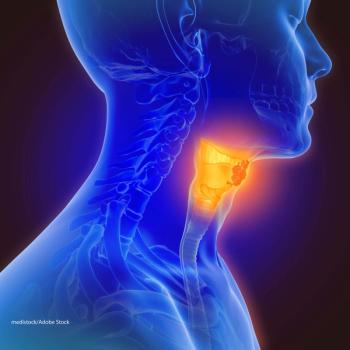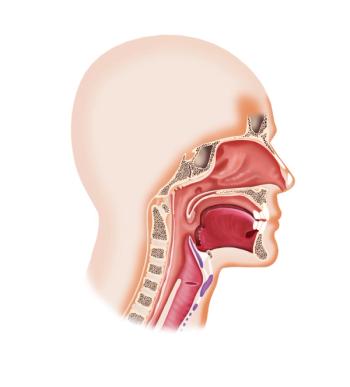
Can Tumor Infiltrating Lymphocytes Predict Outcomes in Head & Neck Cancer?
Researchers assessed whether patients with head and neck cancer who had higher levels of tumor-infiltrating lymphocytes had better survival rates.
Patients with head and neck cancer who had higher levels of tumor-infiltrating lymphocytes (TILs) in pretreatment biopsy specimens showed improved rates of survival, according to a recent
Among a group of 464 patients with available tissue, higher CD8 counts and higher TIL-weighted sum scores were associated with improved overall survival in both a training set and validation set.
“Despite the fact that there are confounding issues and interactions of tumor site and HPV status with treatment, analysis of subsets of TILs could be useful in selecting a primary treatment modality,”
Both cohorts included patients that had been previously untreated for their disease. Disease sites included oral cavity, oropharynx, larynx, and hypopharynx. The training cohort for the study included 241 patients, and the validation cohort had 223 patients.
In both the training and validation cohorts, higher CD8 count was associated with improved overall survival. Additionally, higher TIL-weighted sum score was associated with improved overall survival and disease-specific survival in the training set (HR=0.91; 95% CI, 0.86–0.96 and HR=0.93; 95% CI, 0.87–0.99) and the validation set (HR=0.96; 95% CI, 0.93–0.99 and HR=0.94; 95% CI, 0.89–0.99).
A multivariable modeling that controlled for batch, age, clinical stage, disease site, comorbidities, HPV status, and smoking showed that only CD4 counts had a significant interaction with primary treatment type (surgery vs chemoradiation). Among patients who underwent treatment with surgery, CD4 counts did not show a significant difference in outcome risks after surgery. In contrast, higher CD4 counts decreased risk for death in patients who underwent chemoradiation. These findings were similar when TIL weighted sum score was analyzed.
“Our data suggest that CD4-rich tumors may be better candidates for treatment with chemoradiation compared with CD4-depleted tumors that had similar outcomes after primary surgery as did patients with CD4-rich tumors,” the researchers wrote.
“This observation holds true across most solid cancers, and has important implications for pathology reporting – most United Kingdom pathologists would not routinely comment on the degree of immune infiltration when diagnosing a head and neck cancer (it is not a core feature in the Royal College of Pathologist Minimum dataset),” Thomas said. “I think that as the use of checkpoint inhibitors such as anti-PD1 become more common in head and neck cancer, assessing the immune infiltrate will become increasingly required (since these drugs are predicated on boosting a pre-existing anti-tumor immune response).”
Newsletter
Stay up to date on recent advances in the multidisciplinary approach to cancer.


















































































